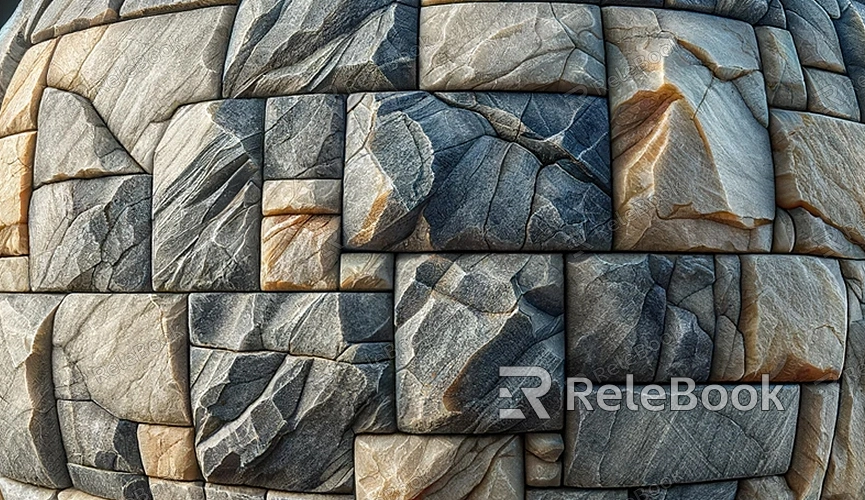What is Texture Mapping in 3D Modeling?
What is texturing in 3d modeling? In the dynamic field of 3D modeling, texture mapping plays a significant role in rendering 3D models, enhancing the realism and quality of rendered models or scenes. Today, we'll delve into the fundamental concepts and definition of texture mapping in 3D modeling and its impact on the final rendered models.If you need it, I recommend downloading 3D textures from Relebook. There is no better choice than this.
Texture Mapping in 3D Model Rendering:
In 3D modeling or model rendering, texture mapping refers to the process of applying visual details, patterns, or surface properties to a 3D model. Texture mapping not only adds depth and complexity to surfaces but also imparts a sense of realism to the model objects.

The Role of Texture Mapping in 3D Modeling:
1. Enhancing Realism:
One of the primary goals of texture mapping is to enhance the realism of 3D models. By simulating real-world materials and surfaces such as wood grain, metal reflections, or fabric textures, texture mapping adds authenticity and believability to the model environment.
2. Adding Detail and Depth:
Texture mapping allows for the addition of finer details and depth to models. Whether it's subtle details in character skin, roughness on stone surfaces, or the glossiness of modern products, texture mapping plays a crucial role in defining the visual appeal of each element.
3. Simulating Real Materials:
Through texture mapping, 3D modelers can replicate the appearance of various materials, from the softness of fur to the transparency of glass. This versatility enables the creation of diverse scenes and objects that mimic real-world materials.
Applications of Texture Mapping in 3D Modeling:
1. Entertainment Industry:
In animation, gaming, and virtual reality, texture mapping is indispensable. Realistic textures contribute to an immersive gaming experience, while detailed character textures bring animated characters to life on the screen.
2. Architectural Visualization:
In architectural modeling, texture mapping is crucial for creating realistic renderings. It aids in accurately presenting surface materials, allowing architects and designers to showcase their creations in a lifelike environment.
3. Product Design:
For product designers, texture mapping is essential for accurately depicting materials and surface effects. From the texture of leather seats in cars to the shine of metallic devices, texture mapping makes virtual prototypes look more realistic.
Techniques and Tools for Texture Mapping:
1. UV Mapping:
Artists use UV mapping to unwrap the surface of 3D models into flat planes, making it easier to apply textures accurately.
2. Procedural Textures:
Procedural textures utilize algorithms to generate textures, providing flexibility and scalability for complex surfaces.
3. Texture Painting:
Texture painting involves hand-painting details onto the surface of 3D models, offering a more artistic and customized approach.

